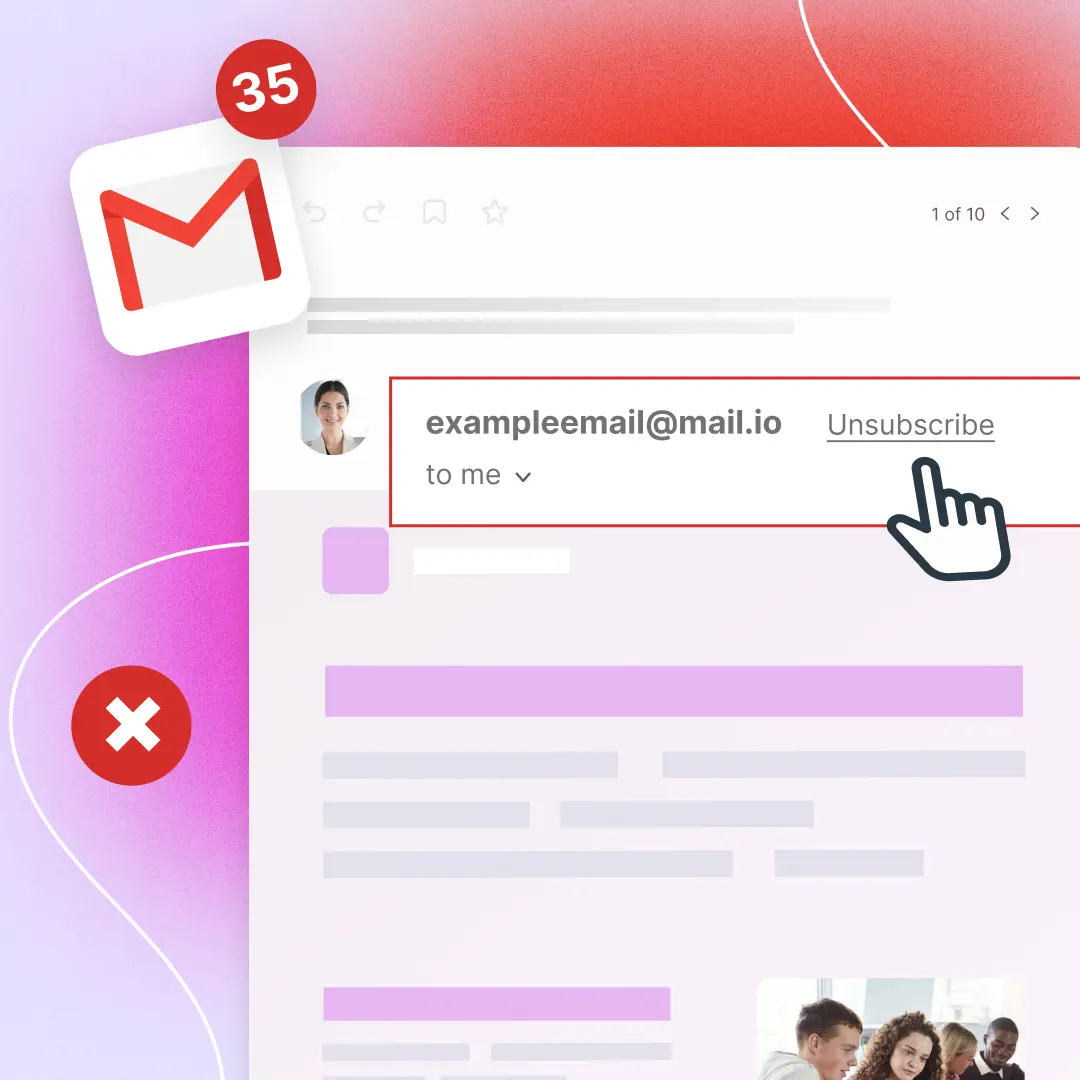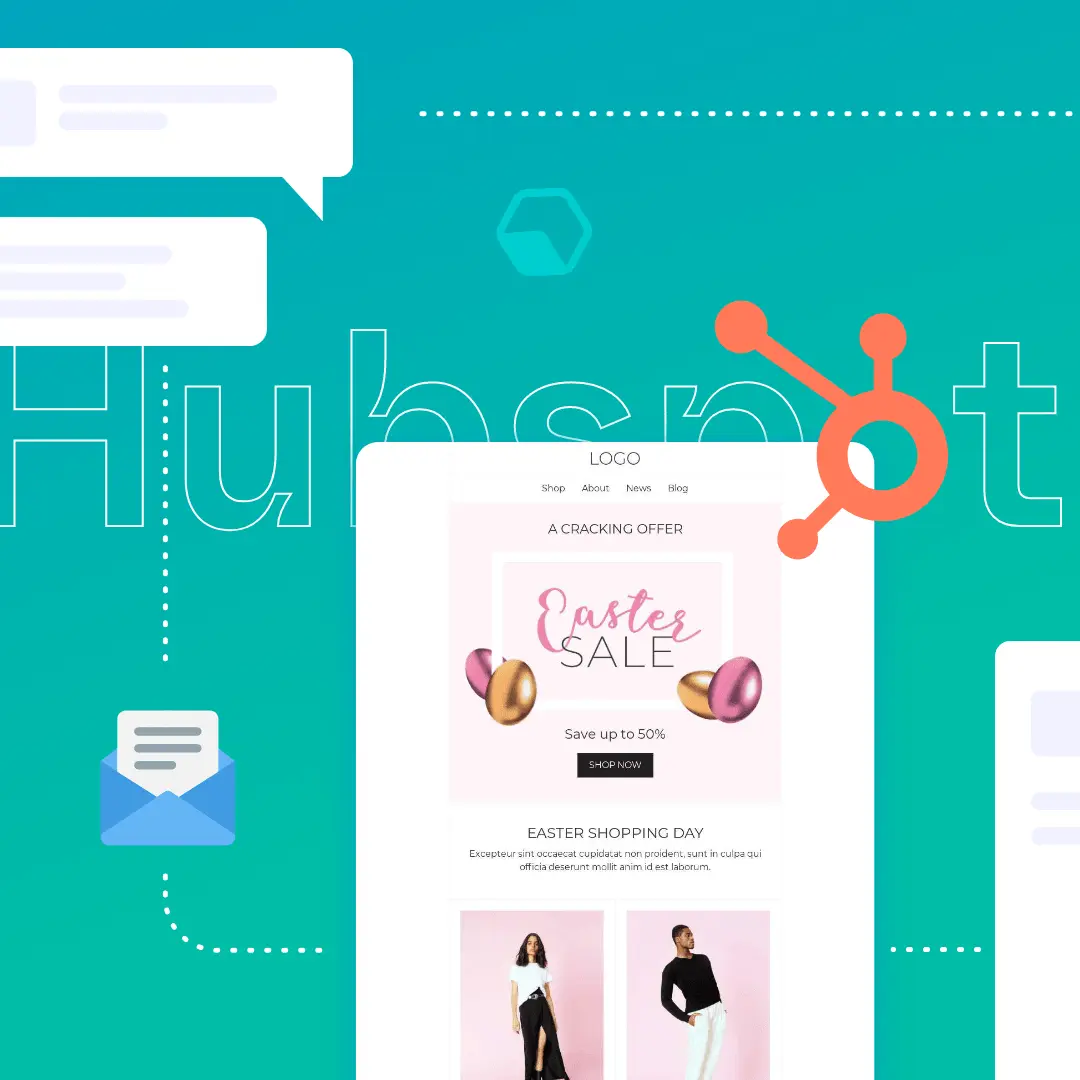Solutions

What Email Marketers Need to Know About The Gmail Unsubscribe Tool
Email marketers, stay informed about the Gmail unsubscribe tool. What you need to know to manage subscribers effectively!

Gmail Mass Email: The Pros and Cons of Using Gmail for Email Marketing
Gmail is the most popular email service platform. With over 1.8 billion global users, Gmail has become the go-to email service platform for individuals and b...

How This Nonprofit Organization uses Beefree to Spread Their Message
The Afrocentric Communiversity is a consulting firm based in Fort Worth, Texas. Since 2017 they have been working with what they like to call “Activistpreneu...
How To Easily Save and Reuse Content in Your Emails
Save and Reuse Content your create in Beefree! Saved rows allow you to save time on your daily design activities and keep your workspace well-organized.By sa...

Hubspot Email Marketing: How To Build Pitch-Perfect HTML or Plain Text Campaigns
If you’ve done email marketing for any length of time, you’re probably familiar with the name HubSpot. Founded in 2006, HubSpot is famous for having a wide r...
How to create a landing page from an email
Learn how to create a landing page from an email for a seamless user journey. Enhance user experience and conversions!
A Flexible Email Builder for HubSpot
Looking for a flexible email builder for HubSpot? Beefree provides a visual editor for emails and landing pages that's a perfect addition to HubSpot.
- Granul...
Use Mailchimp? Gain more email design freedom with Beefree
Gain more design freedom for you Mailchimp-powered email marketing by leveraging Beefree, a no-code email and landing page design suite.Why have thousands of...

Stay informed on all email trends
From the latest creative design strategies that inspire your next campaign to industry best practices and tech advancements, our newsletter is the go-to for all things creation.
Thank you! Your submission has been received!
Oops! Something went wrong while submitting the form.
By clicking Subscribe you're agreeing with our Privacy Policy
